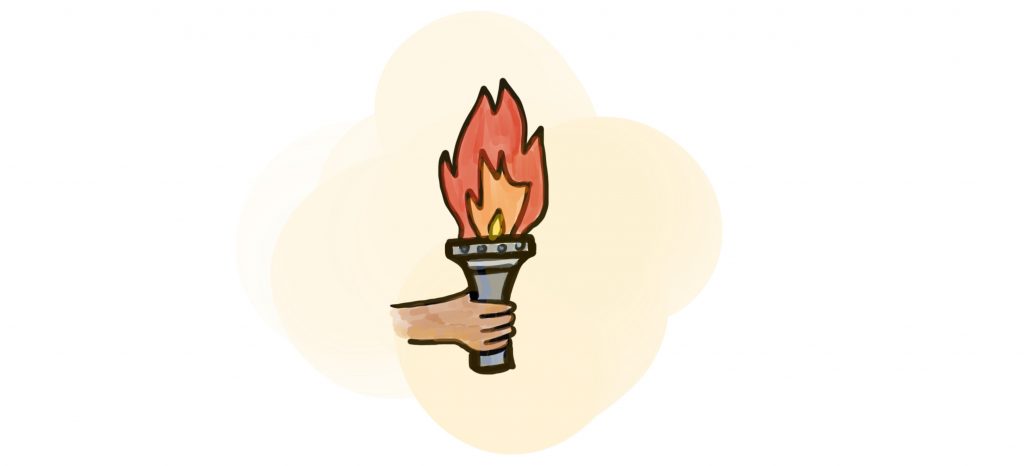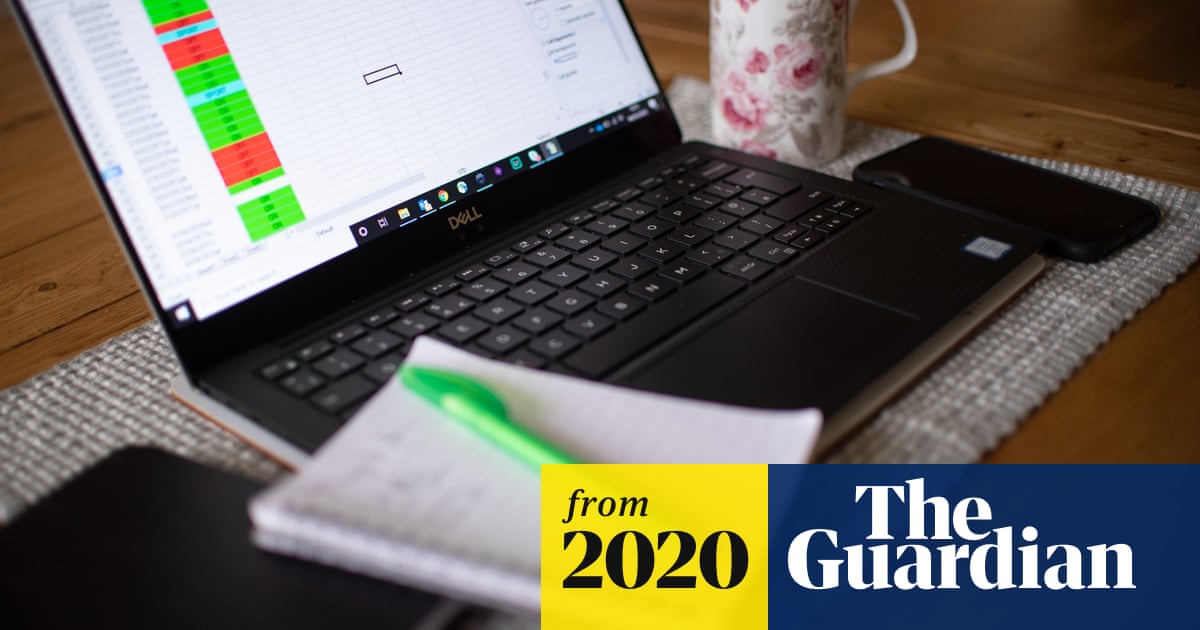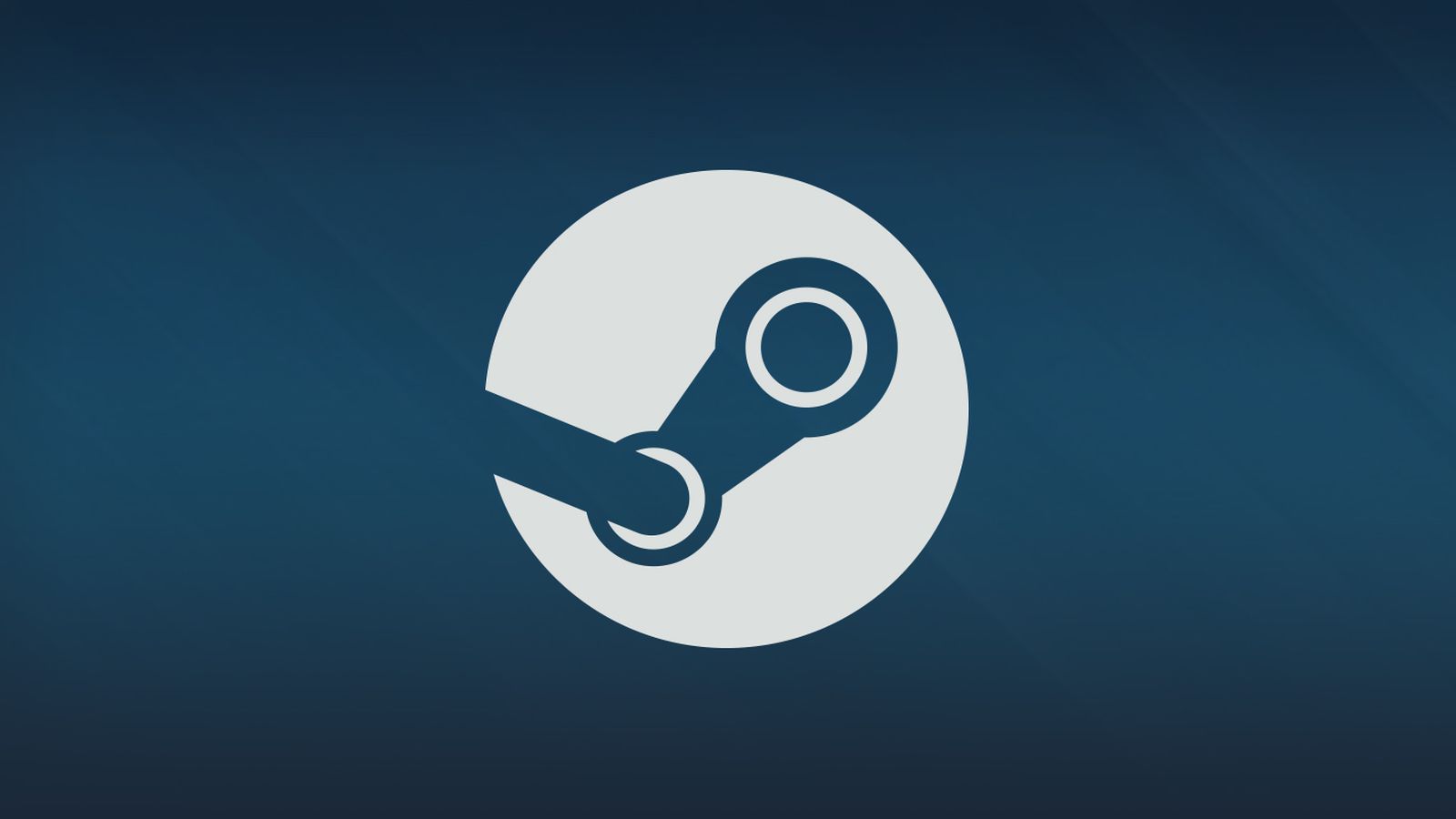10 Years of WFH: My Experience
I've worked from home for about 10 out of the past 16 years of work life. There is no template for perfection, but here's some tips for how to find a system that works for you.

The coronavirus is demanding a strong social isolation response. Which means a lot of remote work talk is in the headlines. I’m already tired of reading the latest listicles about remote working and felt like there were too many words on the subject already. But thankfully someone talked me into doing this anyway…
I’ve worked from home for about 10 of my last 16 years of work life. As a freelance journalist, as an Editor, as a staff member, and as a boss to editorial teams. When I’ve had dedicated home office space and when I’ve shared the living room. When I’ve had toddlers in the house and when I’ve had peace and quiet.
Know this: There is no template for working from home.
Embracing the volatility and chaos of being deeply self-directed with your work is essential to working from home successfully. One day you feel perfect sitting at your dedicated desk. The next nothing is flowing. You must let yourself know that it is OK so you don’t frustrate yourself into constant inaction.
Working from home is like writing a novel (I imagine… I’m guessing… based on the novel I’ve never written but the advice I’ve read from those who have). Some days it happens naturally, other days you just have to show up and do the hard work of working.
So. With that in mind what’s something useful to say?
Remember it’s OK: there’s a long-time culture war against working from home in society. That it’s a dreamy luxury that lets people pretend to work and never get anything done. That has built a pressure we put on ourselves to overwork and over deliver when we’re at home to prove we’re not taking the piss.
You have to let that go so you can actually work as comfortably and confidently as when you would otherwise be at an office desk.
Think about how often you chit chat with colleagues in the office. Or go get a drink. Or when you take lunch with a colleague. Or whatever other white collar moments of inaction you don’t feel terrible about taking when you’re ‘at your desk’.
I feel deeply confident I get more focused, actual work done at home than I ever do sitting at a desk in an open plan office.
Let distraction happen: Sometimes you should stop fighting and let yourself check the cupboard for a snack, or sit on the couch and stare out the window, or go stand in the garden for a few minutes. These can be a great reminder that there is wonderful value in the ‘gift’ of working from home – to switch between work and home in a very immediate way. This is also the curse, of course. Separation is hard. So practice switching back and forth in ways that feel like a blessing rather than a curse.
From time to time I’ll go lie on our backyard trampoline and stare at the sky for five minutes. What a gift! Zone out, do some breathing with my friendly Apple Watch, embrace the ‘default mode’ my brain can slip into with so little stimulus before me, and then let my mind drift back to what needs to be done.
Let family get in the way: As goes for distractions, let the presence of family be an (occasional) gift of this moment in time. Kids big and small, pets or other family. Send signals that you are ‘at work’ but embrace being able to say a hello or share a laugh alongside your efforts to stay focused. Have that chat when you pop into the kitchen for a tea as you would if you were saying hi to a colleague in the office kitchen. A quick chat, a laugh, a pleasant distraction and then back to the grind.
Now and then send out a flare that you are in a focused mode and you’ll let them know when you are free again. For me that’s when I’m recording a podcast in my office or on a video conference, or conducting a work sprint (discussed below). Critical moments when I can’t accept interruptions.
By having two modes – general work and critical work – I can also give myself a balanced schedule through the day. I read someone say that our kids will remember the moments we were there for a casual or trivial fun moment. A fleeting five minutes won’t hurt your work, but it will be great for your family – and your sanity.
Embrace silence: I have found that playing music or listening to podcasts can fill my head with too much ‘stuff’. Sometimes I want that, but it’s also important to truly embrace silence around you to give your brain some space to operate. Silence is one of those gifts of home work that should be enjoyed from time to time.
And when the silence is too much, throw on background music that won’t make you start singing along.
Explore your space: I have a great home office space where I can sit in front of six screens and absorb the entire flow of the internet. I love being surrounded by input. But some days it is too much, so I go sit at the dining table, or stand at a micro standing desk I have in a corner of the room, or sit on the couch in front of some news on mute.
Recontextualising my work for bursts of time to focus on a single task is invaluable, and rotating my working location around the house (yes, even sitting on the bed sometimes) helps me to feel less like my desk has become a prison. Especially when I’m chasing three deadlines and end up working a few 18 hour days in a row (it happens… but that’s not the fault of Working From Home…)
Connection matters: I like to say I’m a ‘happy hermit’, and that’s definitely helped me stay comfortable working solo from home for many years. But I use Twitter a lot as my day-to-day ‘watercooler’ experience to stay connected and social with friends and colleagues.
Video calls need a new name. We need to think about using video conference ‘wide shots’ a little more. Less about sticking our face in the frame for an active connection and more about leaving a window between two places (or three, or ten) where we can just call out and talk to each other from time to time like we’re in a unified space.
Active connections are very important. But do them for more than just meetings or collaborative exercises. Use them for a coffee chat or a shared virtual lunch experience.
Even without video, use your work Slack or Discord or whatever shared messaging you use to plan random moments. A photo of everyone’s morning tea on Tuesdays, or what drink you’re having on Friday afternoon. Random bursts of connectedness will help everyone to feel more colloquial and casual in the way they type messages at each other – a big help in communicating effectively in a medium rife with misinterpretation.
Use work sprints: One of the boons of working from home is the ability to reclaim focused work time. Block out the world and just Get Things Done. In those times when I’m not feeling focused, here’s a regular trick I use:
- Acknowledge I’m not feeling it.
- Go make a cup of tea.
- Think about what I most need to get done while I wait for the tea to steep (don’t be a barbarian - let the tea steep properly!)
- Plan a 20, 30 or 40 minute work sprint to just do that thing.
- Grab the laptop, sit somewhere other than the last place I was sitting, and start the clock.
This is particularly valuable for finding a flow with different kinds of work. Maybe you’ll find that writing work happens best in certain contexts, while research happens better in another. Or making phone calls in a place with a better view (or less screen distractions nearby).
If you get 3 or 4 work sprints done in a day, and then stay on top of email and other planning work that always needs attention, you might just have completed more than you’d ever do most days at the office.
If you want to get fancy, look up Pomodoro Technique or other GTD methods of bursting down task lists. I’ve tried them all now and then, but the core of it is simply making a commitment to shut out everything else for a reasonable length of time to get stuff done.
Sticky note reminders: When I’m really backlogged, mentally or in task lists, I shift out of my digital todo list (I use Todoist) and I write down the top few priorities to remind me what needs to be crossed off my plate ASAP.
But even then it can be easy to be distracted – so then it’s time to use sticky notes to help present you fight back against distracted future you. Go put some stickies on the kettle, on the second monitor, on the fridge door, on the remote. Wherever you need a reminder to ask yourself “Is this what I need to be doing right now?”
I have a wall beside my desk where I post little reminders. I have a weekly schedule where I plot the main hours through the week that I dedicated toward my main two contract roles and my Byteside work, which nights I cook dinner, and that Saturday night is always Family night. These schedules don’t always run perfectly, but having guidelines to look at and ask myself that question – ‘Am I on task?’ – is a helpful reminder to bring myself back onto what needs attention most when other things can jump up and trick you into giving them your full attention.
Buy some treats: I drink normal English breakfast tea a lot during my days at home. But I also have some T2 Melbourne Breakfast tea that I enjoy here and there in a mix as a special treat. Sometimes I buy nice fruit for snacks. And, yes, sometimes chocolate.
Treats help you to reward yourself for nailing a work sprint too!
End your day definitively: We don’t always have a door we can close on work when we’re at home. But we do need to stop working and have a little bit of life time before we start all over again the next day.
I don’t feel it’s as important to start the day with a clean ‘I am at work now’ moment. I don’t believe in the ‘get dressed for work’ system, and I even have ‘nice pyjamas’ to relax in through the day on a regular basis. I often get up very early (5.30am) and catch up on news at my desk, then at 7.00am make school lunches and tea for my wife when the household morning alarm goes off, then do some more work before I take the kids to school at 8.15am.
That task switching between work and home from the outset creates the opportunity for ‘balance’ without frustrating restrictions to my personal routine. But at the very end of the day, it’s important to break and relax for a while and be entirely ‘at home’.
It’s OK to hate it: Many, many people hate working from home. And that’s OK. Some of us are more social than others, some struggle to find their focus in a home environment. But I think the biggest hurdle is knowing that whatever you feel about it – it’s OK. Let yourself feel your feelings! Then work toward finding solutions to sidestep the problems and get things done as best you can.
Just remember there’s a difference between performing the act of ‘social isolation’ in the medical sense and being isolated socially. We need to grab digital tools to connect us while we’re at home to overcome the feeling of being alone.
Take care of yourself, accept the negatives, embrace the positives. Know that one size fits no one – we’re each on our own remote work journey and it’s OK if the advice doesn’t work for you. Just keep tweaking, keep massaging your routine and find ways to get 20 minute blocks of work done one way or the other. You’ll get there.
We really can be alone together – through video conferencing tools, through digital chat tools, and the odd old school phone call.
Recently @ Byteside



Never forget that the Coalition government said a high-quality NBN was a luxury we couldn’t afford. A good NBN is a UTILITY in today’s society. It would be proving itself in spades in the thick of this pandemic.Now that people are being asked to work from home many are facing the fact their internet that is only just good enough for some Netflix isn’t good enough for reliably working at the speed of thought.
More insights

(Here’s a link to Google’s distributed work playbook)




Remote work news





Byteside Newsletter
Join the newsletter to receive the latest updates in your inbox.













